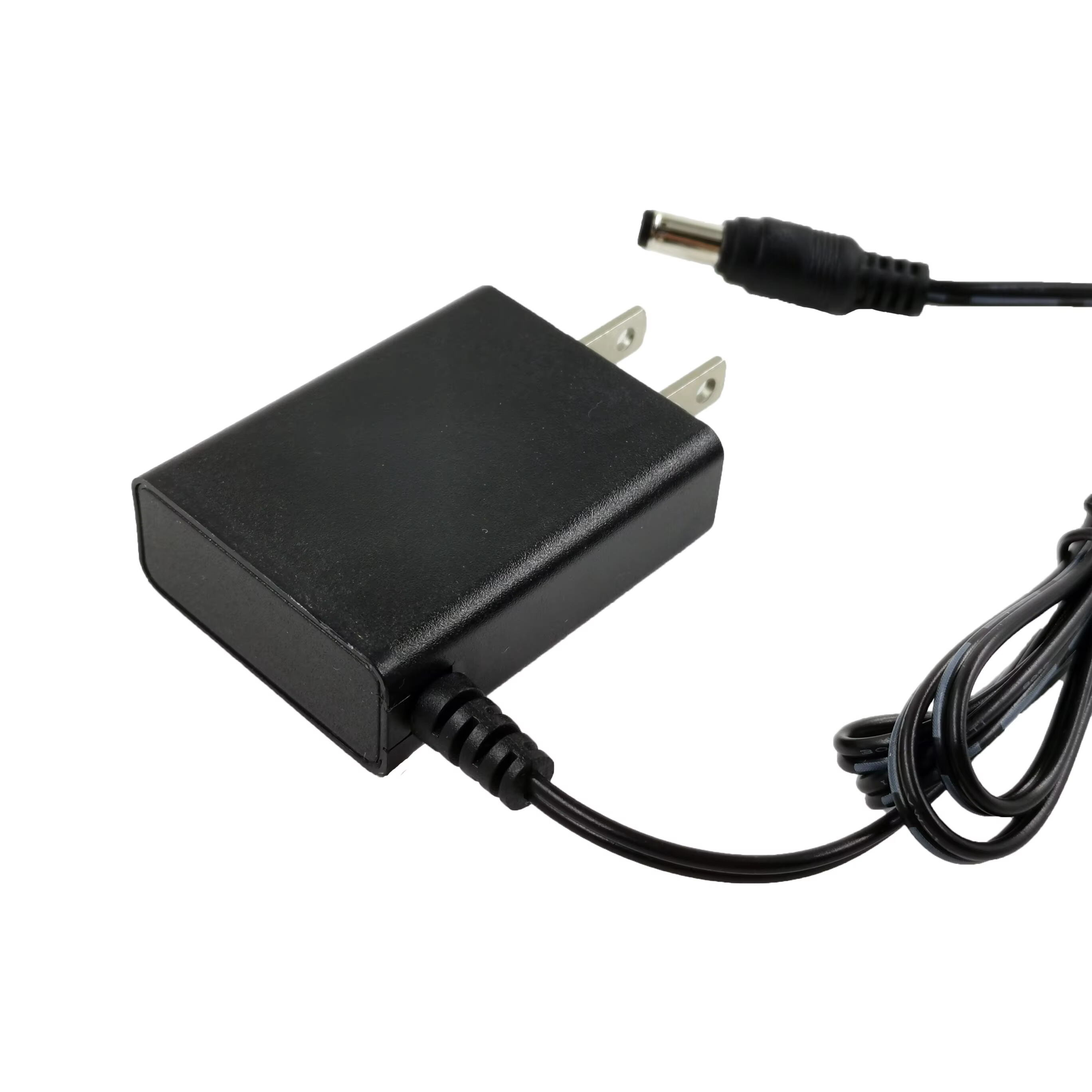Kun selvität, toimiiko laitteesi 12V-adapterin kanssa, sinun on tarkistettava muutama asia. Jännite, virta, napaisuus ja liittimen sopivuus ovat avaintekijöitä. Näiden huomioimatta jättäminen voi johtaa vakaviin ongelmiin. Laitteen yhteensopivuuden varmistaminen pitää laitteesi turvassa ja estää onnettomuuksia. On syytä käyttää aikaa tarkistaaksesi asiat kahdesti.
Avaintekijät laitteiden yhteensopivuudelle
Kun on kyse laitteiden yhteensopivuudesta, on muutamia teknisiä yksityiskohtia, jotka sinun on tarkistettava. Käydään ne läpi askel askeleelta.
Jännitteen yhteensopivuus
Jännite on ensimmäinen asia, jonka sinun tulisi tarkistaa. Laitteesi ja adapterin on oltava sama jännitearvo. Jos laitteesi tarvitsee 12V, adapterin on toimitettava tarkalleen 12V. Adapterin käyttäminen, jossa on korkeampi jännite, voi vahingoittaa laitetta. Toisaalta matalampi jännite ei ehkä riitä sen kunnolliseen toimintaan. Löydät yleensä jännitevaatimuksen painettuna laitteestasi tai sen käyttöohjeesta. Tarkista tämä kahdesti välttääksesi mahdolliset ongelmat.
Virrantarve
Seuraavaksi tarkista virta, joka mitataan ampeereina (A) tai milliampeereina (mA). Adapterisi on tarjottava vähintään yhtä paljon virtaa kuin laitteesi tarvitsee. Esimerkiksi, jos laitteesi tarvitsee 2A, adapterin tulisi toimittaa 2A tai enemmän. Adapterin käyttäminen, jossa on riittämätön virta, voi aiheuttaa laitteesi toimintahäiriöitä tai ylikuumenemista. Kuitenkin adapteri, jossa on korkeampi virrankesto, on turvallista käyttää, koska laite vetää vain sen verran kuin tarvitsee.
Napaisuuden kohdistaminen
Napaisuus on toinen kriittinen tekijä. Useimmat laitteet käyttävät joko positiivista tai negatiivista napaisuutta, mikä määrittää, miten sähkövirta virtaa. Löydät napaisuusmerkit sekä adapterista että laitteesta. Väärä napaisuus voi vahingoittaa laitteesi välittömästi. Varmista, että merkit vastaavat ennen adapterin liittämistä. Jos et ole varma, tarkista käyttöopas tai kysy ammattilaiselta.
Tarkistamalla nämä kolme tekijää—jännite, virta ja napaisuus—voit varmistaa, että laitteesi toimii turvallisesti 12V-adapterin kanssa.
Askel askeleelta yhteensopivuuden tarkistus
Löydä laitteesi tehotiedot
Ensimmäinen askel on löytää laitteesi tehotiedot. Nämä tiedot kertovat, millaista virtaa laitteesi tarvitsee toimiakseen oikein. Löydät tämän tiedon yleensä tarrasta tai tarrasta laitteen takana tai pohjassa. Etsi numeroita kuten "12V" tai "2A." Jos et löydä sitä itse laitteesta, tarkista käyttöopas.
Toinen vaihtoehto on tarkistaa alkuperäinen adapteri, joka tuli laitteesi mukana. Siinä on usein painettuna jännite, virta ja napaisuus. Kirjoita nämä numerot ylös, jotta voit verrata niitä myöhemmin. Jos olet edelleen epävarma, nopea haku verkossa laitteesi mallinumerolla voi auttaa.
Adapterin ja laitteen tietojen vertailu
Nyt kun sinulla on laitteesi voimamääritykset, on aika vertailla niitä 12V -sovitteen kanssa. Aloita jännitteellä. Molemmat sovitte ja laite täytyy täsmätä tarkasti 12V:llä. Seuraavaksi tarkista virta. Sovitteen virtaluokka tulisi täyttää tai ylittää laitteesi vaatimus.
Älä unohda tarkistaa napaisuutta. Etsi napaisuusmerkkejä sekä adapterista että laitteesta. Niiden tulisi vastata täydellisesti. Jos ne eivät vastaa, adapteri ei toimi, ja voit vahingoittaa laitetta.
Napaisuusmerkkien tarkistaminen
Napaisuusmerkit saattavat vaikuttaa hämmentäviltä, mutta ne ovat helppoja ymmärtää, kun tiedät, mitä etsiä. Useimmat laitteet käyttävät pientä kaaviota, jossa on plus (+) ja miinus (-) merkki. Kaavio näyttää, onko liittimen keskijalka positiivinen vai negatiivinen.
Vertaile tätä symbolia adapterisi symboliin. Jos symbolit eivät täsmää, adapteri ei ole yhteensopiva. Väärän polariteetin omaavan adapterin käyttäminen voi aiheuttaa välitöntä vahinkoa laitteellesi. Jos olet epävarma, tarkista manuaali tai kysy ammattilaiselta apua.
Varmista oikea liittimen istuvuus
Kun käytät 12V-adapteria, liittimen istuvuus on yhtä tärkeää kuin jännite, virta ja polariteetti. Vaikka kaikki muu täsmäisi, väärä liitin voi estää laitteesi toimimasta. Tutkitaan, miten varmistaa, että liitin istuu täydellisesti.
Yhdistimien tyypit
Liittimiä on monenlaisia ja -kokoisia. Yleisin tyyppi on tynnyriliitin, joka on sylinterin muotoinen. Näitä käytetään usein kannettavissa tietokoneissa, reitittimissä ja muissa elektroniikkalaitteissa. Jotkut laitteet käyttävät USB-liittimiä, kuten micro-USB tai USB-C, jotka ovat pienempiä ja monipuolisempia. Toiset saattavat vaatia erityisiä liittimiä, jotka on suunniteltu erityisesti kyseiselle brändille tai mallille.
Sinun on tarpeen tunnistaa, minkä tyyppistä liitintä laitteesi käyttää. Tarkista alkuperäinen sovitin tai laitteen käyttöopas yksityiskohtia varten. Jos et ole varma, vie laite elektroniikkaliikkeeseen. Henkilökunta voi auttaa sinua selvittämään oikean tyypin.
Liittimen koon mittaaminen
Vaikka liittimet olisivat samaa tyyppiä, niiden koko voi vaihdella. Esimerkiksi tynnyriliittimillä on erilaiset sisä- ja ulkomitat. Koon mittaamiseen voit käyttää viivainta tai kalibrointia. Mittaa sekä liitännän sisä- että ulkomitat laitteesi liitännästä.
Jos sinulla ei ole mittausvälineitä, tarkista tiedot käyttöoppaasta tai verkosta. Monet valmistajat listaavat liittimen tarkat mitat. Näiden mittojen vastaavuus varmistaa laitteiden yhteensopivuuden ja estää löysiä tai epävakaita liitäntöjä.
Ennen 12V-adapterin käyttöä tarkista aina jännite, virta, napaisuus ja liittimen sopivuus. Nämä vaiheet suojaavat laitettaasi ja pitävät sen toimimassa turvallisesti. Jos olet epävarma, ota käyttöön käyttöopas tai kysy ammattilaiselta. Muutaman ylimääräisen minuutin käyttäminen nyt voi säästää sinut kalliilta virheiltä myöhemmin.

